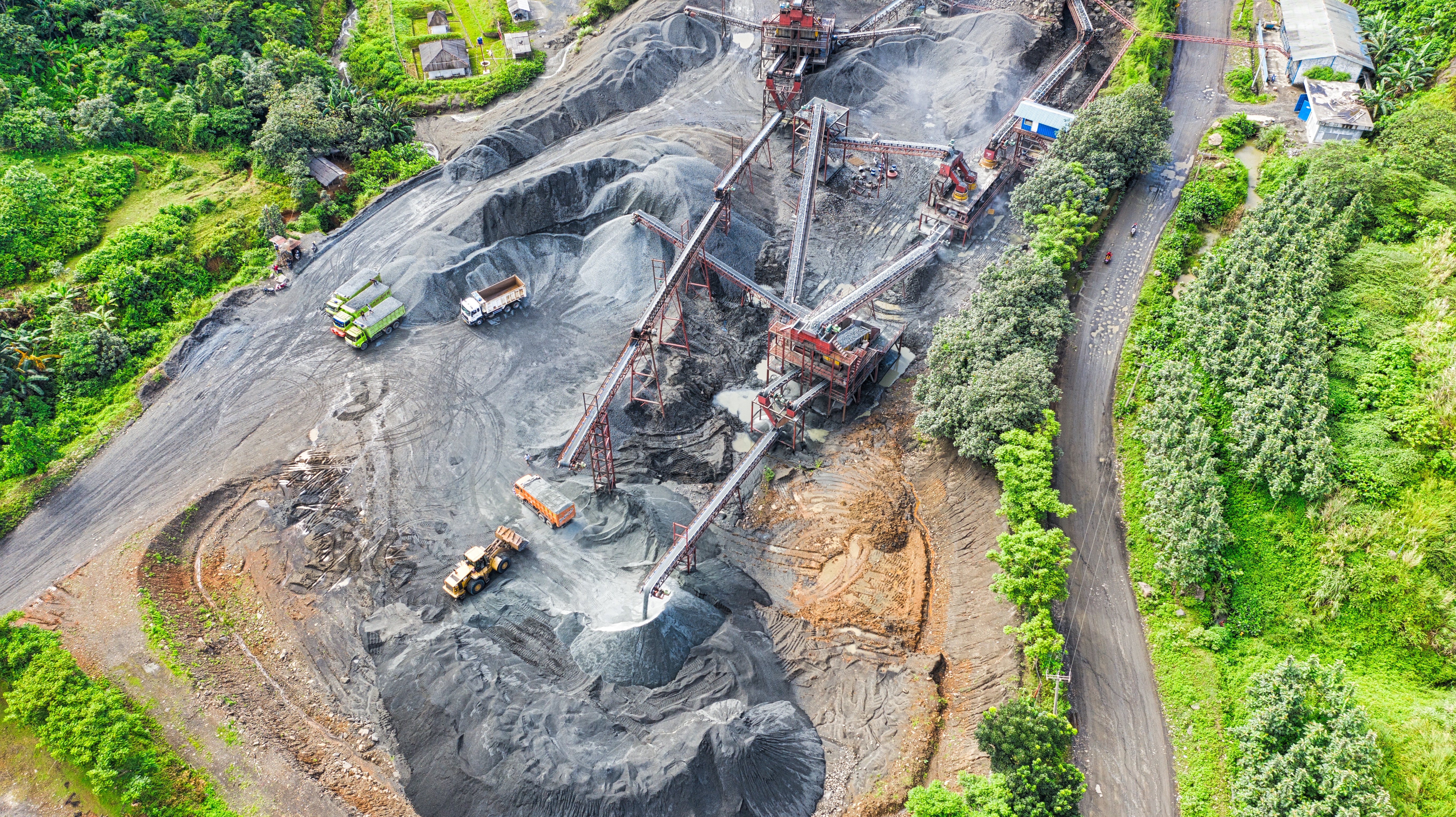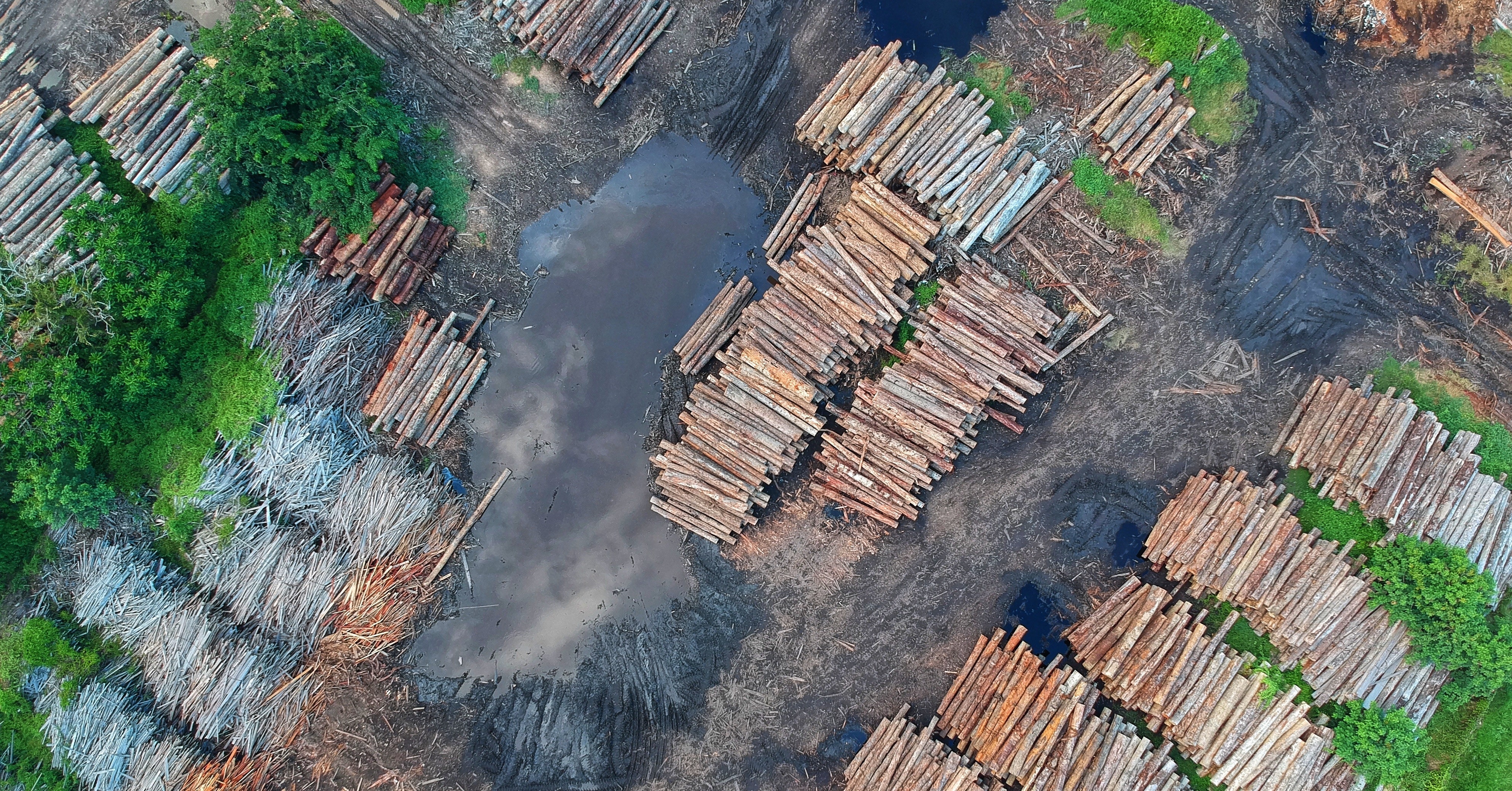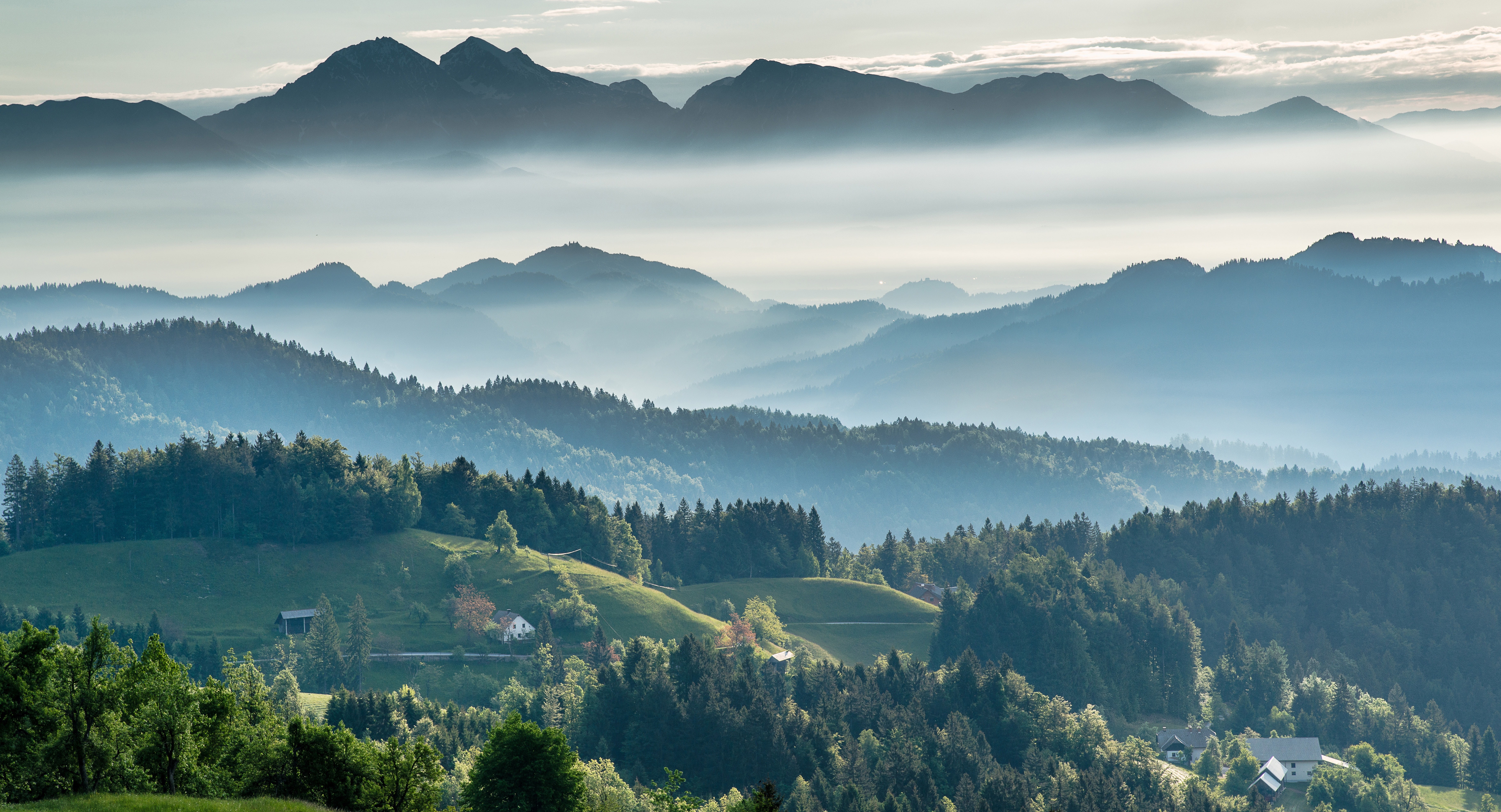
Climate change refers to long-term change in temperature, and weather patterns. Such shifts can be natural, due to changes in the sun's activity or large volcanic eruptions. But since the 1800s, human activities have been the main driver of climate change, primarily due to the burning of fossil fuels like coal, oil and gas, which generates greenhouse gas emissions. Though earth needs a balanced amount of greenhouse gases to maintain the right temperature for living habitats, too much causes the depletion of the ozone layer that protects earth from the harmful rays of the sun, and these extra greenhouse gases cause the atmosphere to trap the sun's heat and raise temperatures, resulting in global warming.

Deforestation, by humans, is cutting down trees permanently and deliberately for agricultural expansion, fuel, building materials, mining or human affairs. However, areas of forest are being rapidly deforested by natural disasters ,such as wildfires, tornadoes, and cyclones. It affects everything, for instance, wildlife and ecosystems, along with wiping out the trees which cover 30% of our planet's surface.

Deforestation operates through various reasons and is driven by multiple factors, for example, burning and deliberate clear-cutting the land. Deforestation occurs worldwide although some countries are marking it as a critical issue. Once an area is deforested, it will take decades to be restored to the somewhat resemblance of its original state. The effects of deforestation will not vanish in a short time, leading to the devastating loss of wildlife habitats and the subsequent disappearance of species.
What humans do is mostly to be blamed for deforestation while natural disasters are part of it as well.
Certain causes of deforestation are
agricultural expansion,
wood extraction, such as logging or wood harvest for domestic fuel or charcoal
infrastructure expansion such as road building and urbanisation
Certain causes of deforestation are:
Agricultural expansion in particular, farmers clear the land, by using slash and burn techniques, for crops, cattle and et cetera. They use the soil before it becomes devalued enough for their crops then abandon the area they cleared. Usually, it would be reforest but difficult enough to return to the original.
Furthermore, wood extraction (logging), for example, affects the environment as loggers must cut down large areas of trees for roadways when trucks and large equipment get into the forest in order for trees and timber.
Third of all, mining is a part of deforestation as well. Digging a coal, diamond, or gold mine requires removing forest cover by clearing & burning. With the tree-less ground, the large-scale mining operations use humongous bulldozers and excavators to extract metals & minerals from the soil.
Fourthly, urban development needs deforestation worldwide. Cities, and countries call for spacious rooms for people to reside, hence, trees are cut down to make place for houses, roads, and business.
Moreover, climate change also causes deforestation. The frequency of droughts, storms, heatwaves, and boiling weather are increasing because of climate change. It certainly has consequences to forests of our earth, resulting in numerous losses due to catastrophe brought by climate change.
Lastly, wildfires. For example, once the disaster occurs by accident or intentional, it could destroy whole lots of forest rapidly. There are such circumstances where because of global warming & extended hot weather, several certain species of beetle that usually die each winter are able to survive and feed on trees. It causes the forest to die faster which does no good to us humans.
Only over 3 trillion trees are growing on our Earth today. Unsurprisingly, due to either natural disasters or human work, over 15 billion of 3 trillion are lost annually. Following this rate, the planet will not be left with any trees in hardly 200 years. Yes, we are running out of trees if you'd heard about them being deforested. This is the sign for you to click the “donate” to start planting trees.

Even though our plant has gained a huge area of tree cover over the past two decades, it is sure to lose more and has lost much more. As mentioned above, it is tough to get back its original state, thus new trees do not make up for the loss. However, we reckon you would be curious to see which countries are gaining and far, have new opportunities for forest restoration.
List of the countries which gained more tree cover than what they've lost over the past 20 years.
MYANMAR
According to FRA-2020, Myanmar is the 7th most deforested country in the world. The area of forest has been cleared multiple times which caused its cover to decrease from 57.9% (of the country area) in 1990 to 42.19% in 2020. In 1990-2000, the net annual forest area loss was 1.17%. In 2000-2010, it slightly reduced to 1.03%, as well as in 2010-2020, it reduced to 0.96%.Imagine how we could be living on this beautiful earth, our planet if there are greenest of all trees which would protect us from natural disasters and provide us the ethereal presence of view. It would likely be possible if we put enough effort into this, together, starting with one tree, one being on earth.
